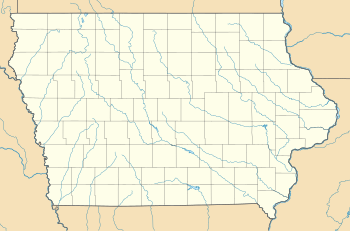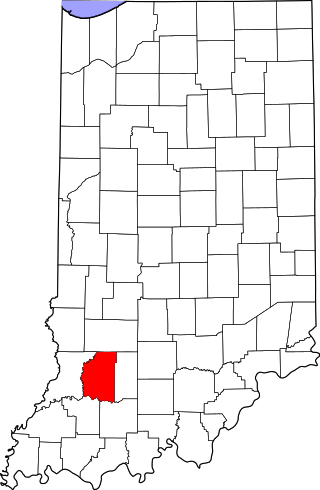There are 8 National Natural Landmarks in Iowa.
| Name | Image | Date | Location | County | Ownership | Description |
|---|---|---|---|---|---|---|
| Anderson Goose Lake | 1975 | 42°18′56″N93°37′26″W / 42.315556°N 93.623889°W | Iowa | Private | One of the few essentially natural glacial pothole lakes remaining in Iowa. | |
| Cayler Prairie | 1965 | 43°23′50″N95°14′38″W / 43.397222°N 95.243889°W | Dickinson | State | An example of the increasingly rare virgin prairie grassland. | |
| Cold Water Cave | 1987 | 43°26′28″N91°57′37″W / 43.44111°N 91.96028°W | Winneshiek | Private | An exceptional example of an extensive cave system well decorated with speleothems. | |
| Dewey's Pasture and Smith's Slough | 1975 | Clay, Palo Alto | State | Pothole lakes created during the last glacial epoch. | ||
| Hayden Prairie State Preserve | 1965 | 43°26′22″N92°22′59″W / 43.4395°N 92.3831°W | Howard | State | A true prairie remnant. | |
| Loess Hills |  | 1986 | 41°48′05″N95°59′42″W / 41.8013°N 95.995°W | Harrison, Monona | State, private | The best examples of loess topography in the Missouri River Bluffs region. |
| White Pine Hollow State Forest | 1967 | 42°37′47″N91°06′43″W / 42.62971°N 91.11207°W | Dubuque | State | The only known remaining white pine tract in Iowa. | |










